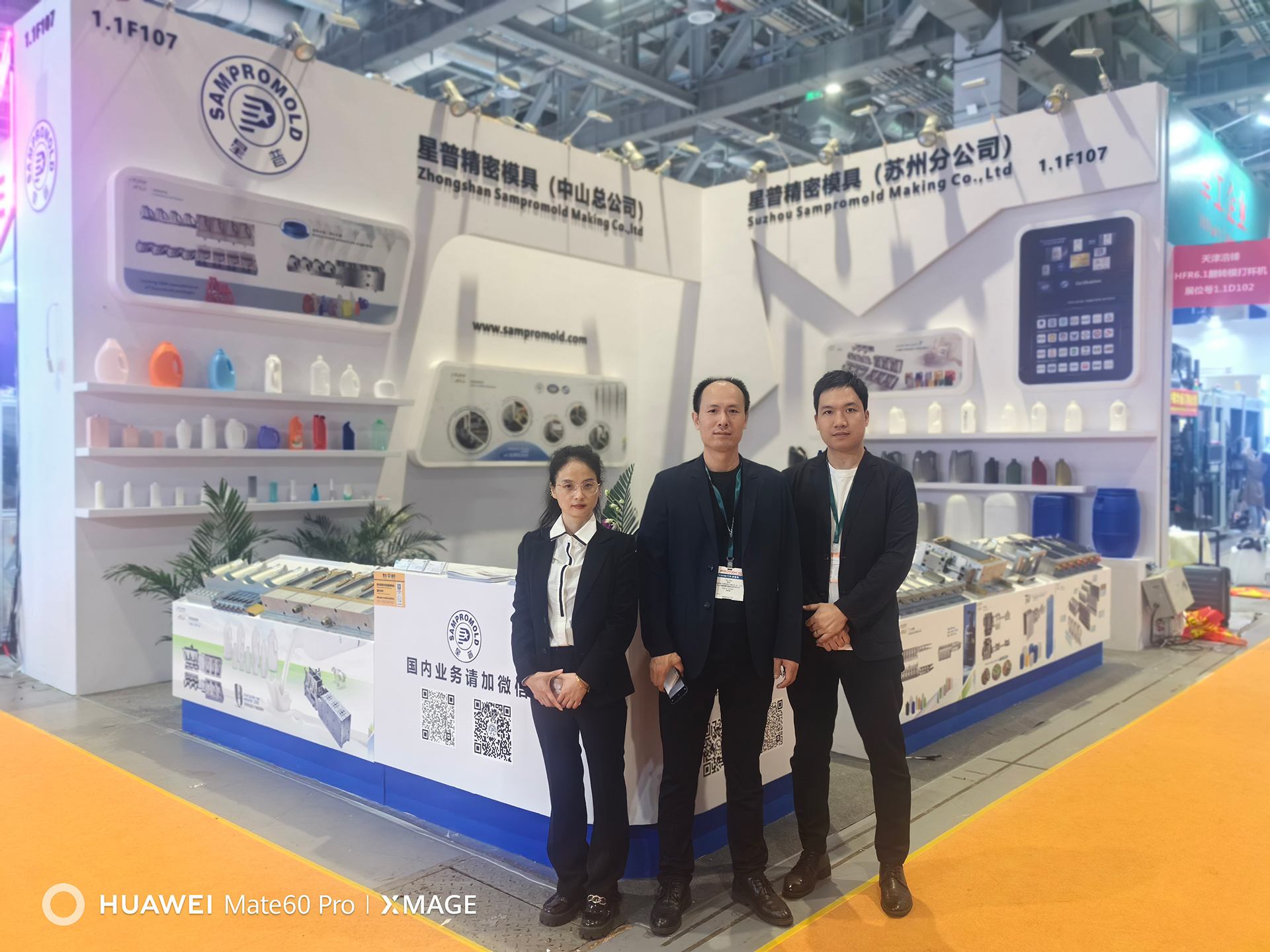Understanding OEM Thin Wall Injection Molds: Key Insights for Manufacturers
Time:
2025-02-26
When it comes to modern manufacturing, OEM (Original Equipment Manufacturer) thin wall injection molds have become a vital aspect of the plastic molding industry. These molds are specifically designed to produce parts with thinner walls, allowing for lighter products and reduced material costs. This technology is pivotal for various applications, particularly in industries such as consumer goods, automotive, and medical devices.
One of the primary advantages of utilizing OEM thin wall injection molds is the significant reduction in material usage. Traditional molding processes often require thicker walls, demanding more plastic and resulting in higher production costs. In contrast, thin wall designs optimize material efficiency without compromising on the structural integrity of the final product. This not only leads to cost savings but also supports sustainability initiatives by minimizing plastic waste.
Moreover, thin wall injection molding allows for faster cycle times. The reduced wall thickness leads to quicker cooling times, enabling manufacturers to produce parts more rapidly. This increased efficiency means that production lines can generate a higher volume of products in a shorter amount of time, ultimately enhancing overall productivity. For businesses aiming to stay competitive in a fast-paced market, adopting this technology can provide a significant edge.
The design flexibility offered by OEM thin wall injection molds is another noteworthy benefit. Manufacturers can create intricate designs and complex geometries that were previously challenging to achieve with traditional molding methods. This capability opens up new possibilities for product innovation, allowing companies to cater to the ever-evolving demands of consumers and industries alike.
Furthermore, the quality of the finished products is often superior when using thin wall injection molds. The precision and accuracy achievable with these molds reduce the likelihood of defects, enhancing the overall quality of the parts produced. In industries where quality control is paramount, such as medical and automotive sectors, this level of precision is indispensable.
In summary, OEM thin wall injection molds play a crucial role in the manufacturing and processing machinery sector. They facilitate material savings, faster production times, design flexibility, and improved product quality. As businesses continue to seek efficient and cost-effective solutions, understanding the benefits and applications of thin wall injection molding will be essential for staying ahead in a competitive landscape. Embracing this technology not only aligns with cost-reduction strategies but also promotes innovation in product development, paving the way for future advancements in the industry.
RELATED NEWS













